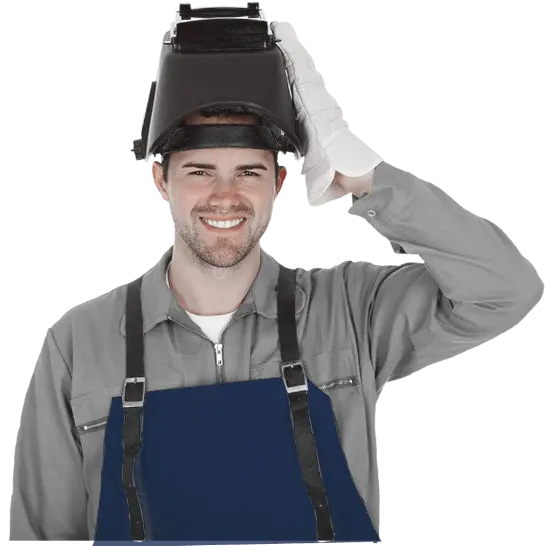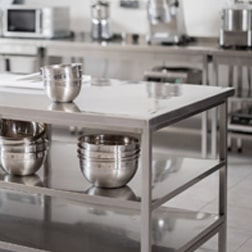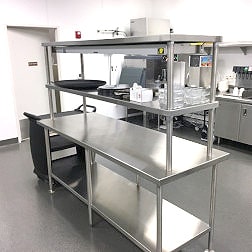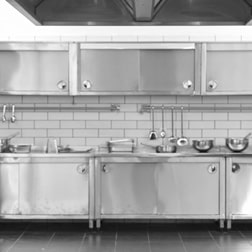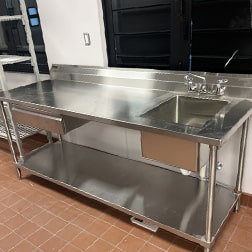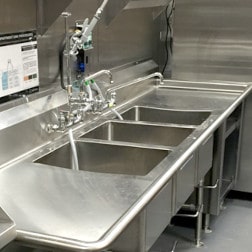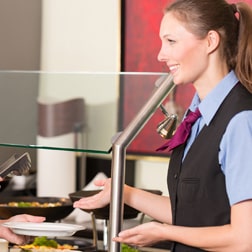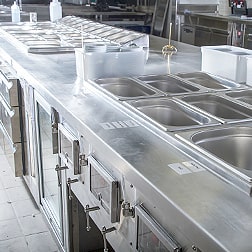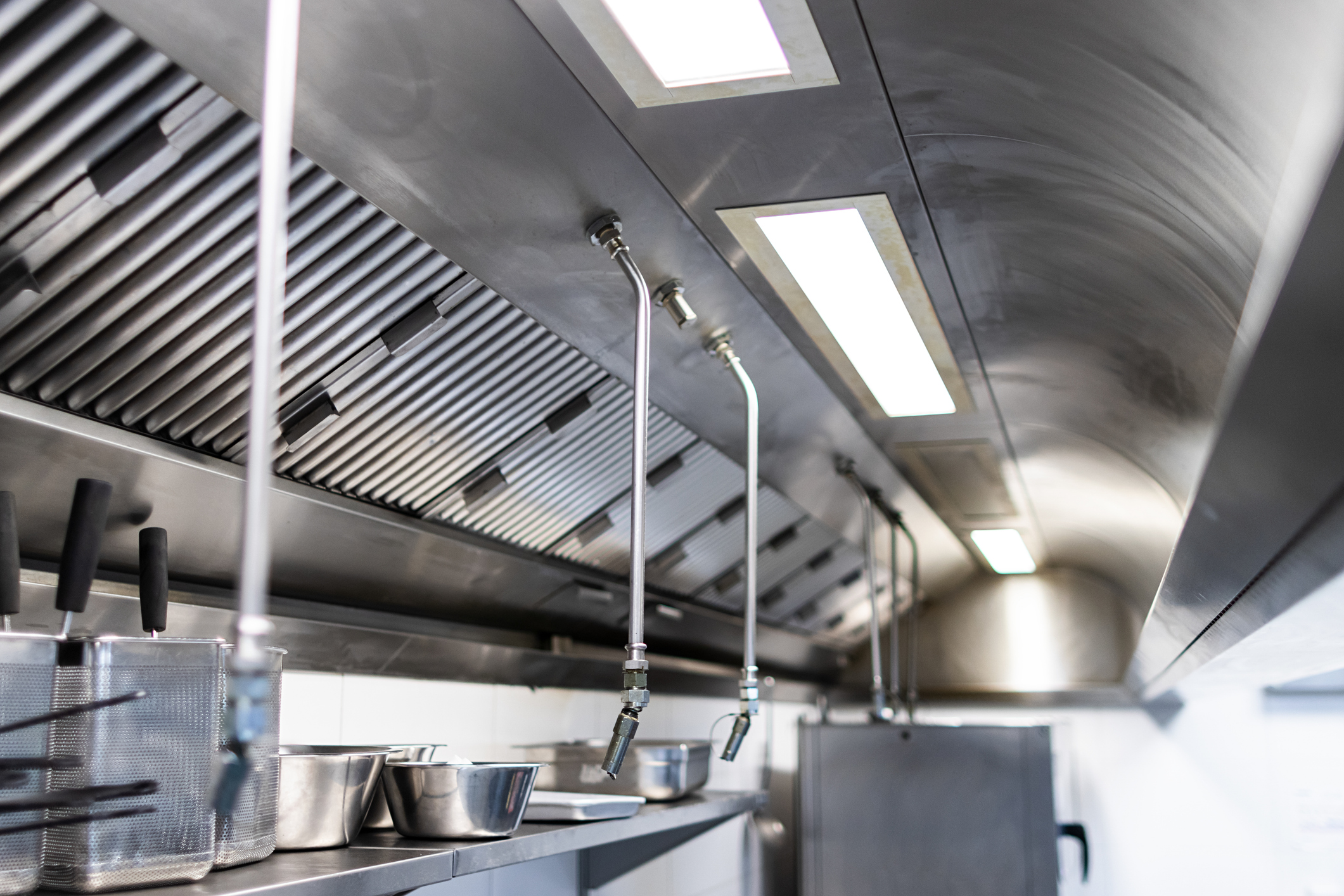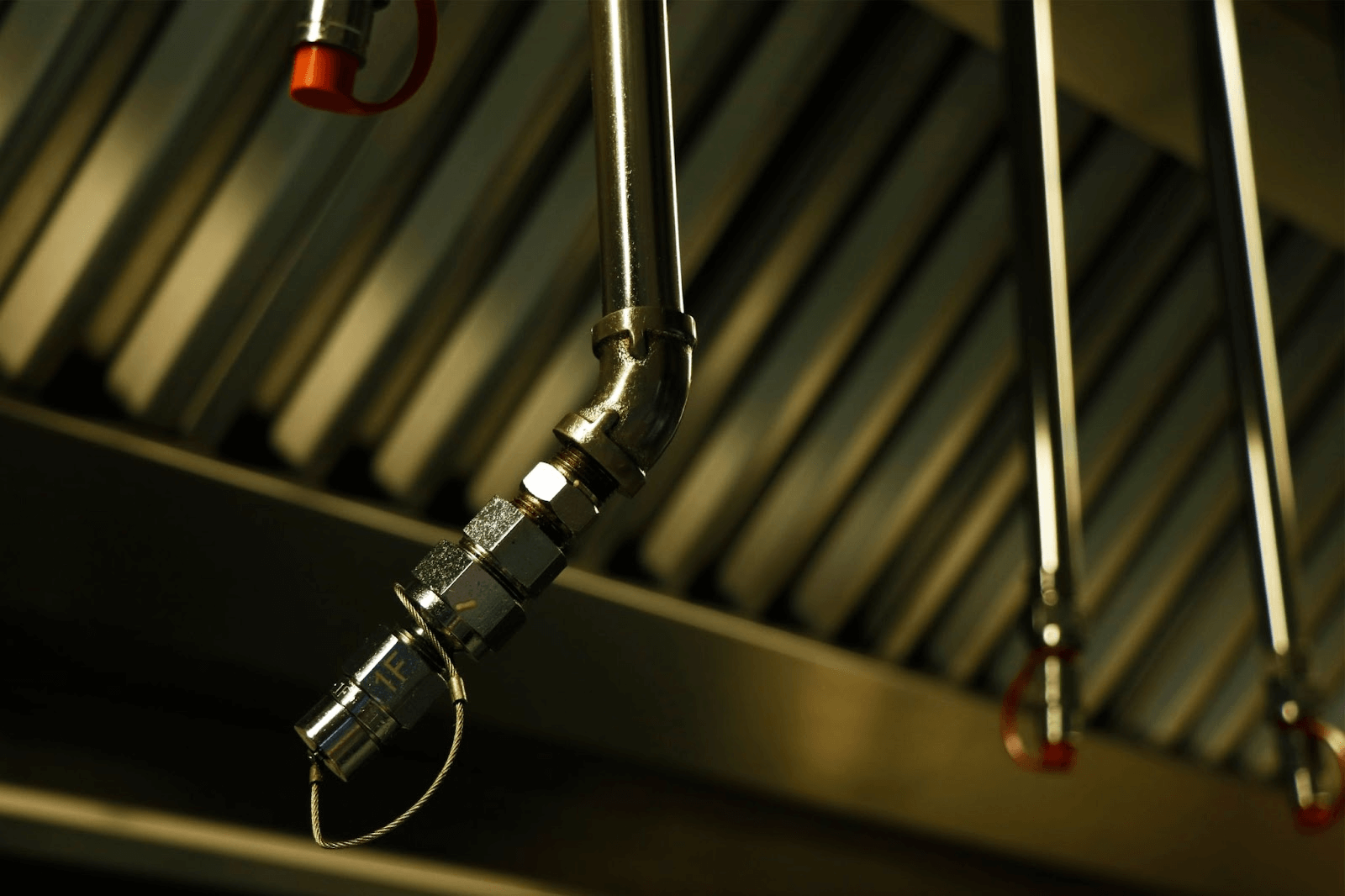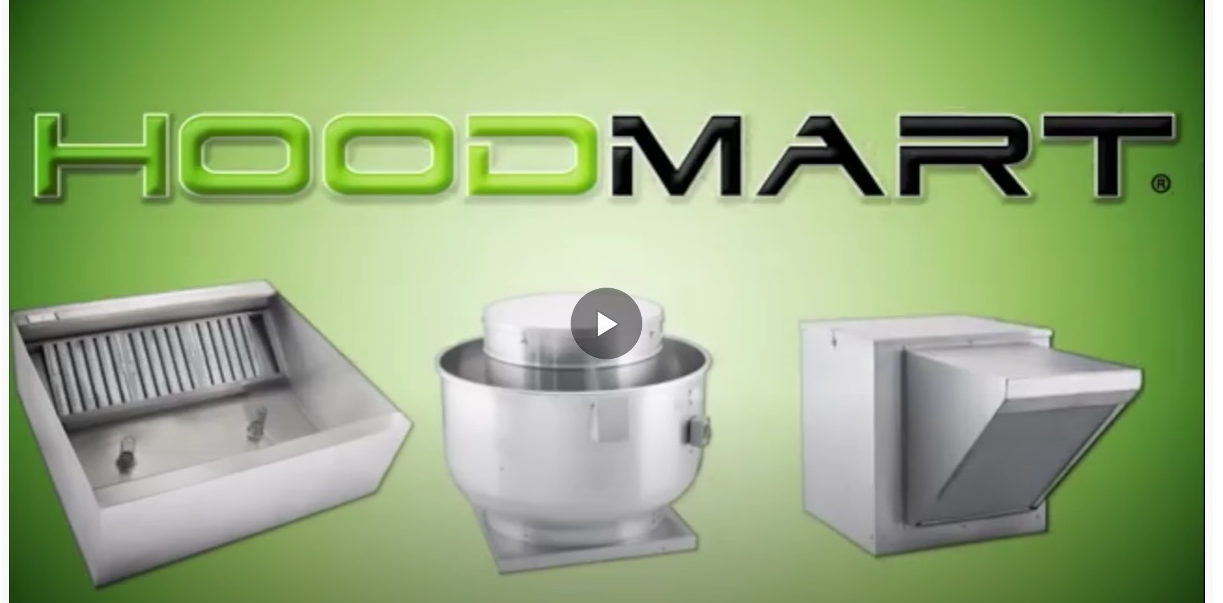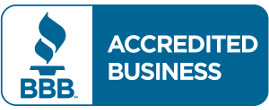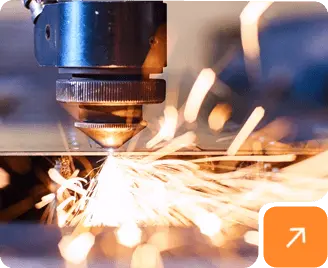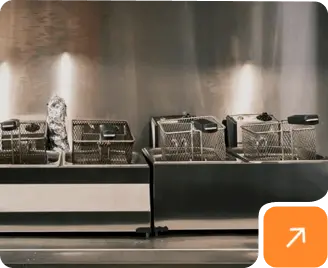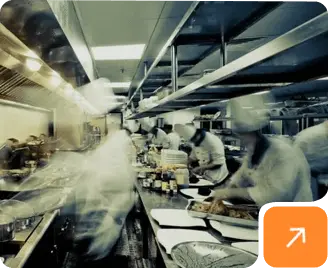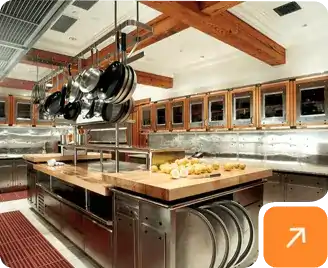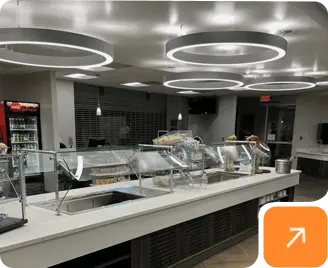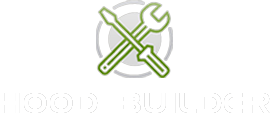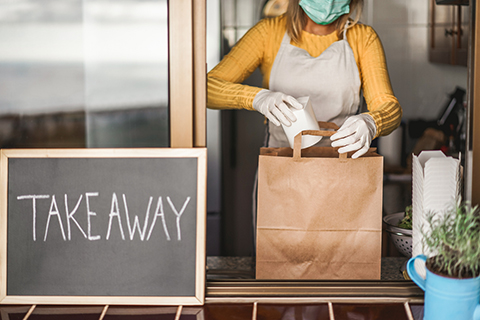
As uncertain times continue to threaten the livelihoods of businesses all throughout the country and world, restauranteurs are needing to adapt in order to outlast the changes happening around the world. Whether it be global pandemics or the ever-increasing popularity of food delivery apps such as UberEats and GrubHub, restaurants are being forced to constantly stay up to date on the newly developing trends to ensure their businesses’ success. Between February 2020 and April 2020 there was an enormous 840% increase in weekly online ordering for restaurants, greatly brought on by the length COVID-19 lockdowns and social distancing measures - forcing restaurants to shift their focus from in-person dining to takeout and delivery orders. One ever growing trend that looks to capitalize on the growing increase of online ordering and delivery service models are the introduction of Ghost Kitchens.
Ghost Kitchens repurpose existing restaurant and commercial kitchen spaces to create restaurant brands specifically that strictly cater to online delivery services. This greatly helps reduce the costs of running a brick & mortar restaurant location while allowing these virtual restaurants to offer all different types of dishes. Ghost kitchens are increasing in popularity in heavily populated, high-rent neighborhoods where people want a wide variety of dishes and the costs of opening physical restaurant locations may not be easily doable. Ghost restaurants remove the need for high-traffic physical locations and allow the menus to be deployed amongst several different delivery services, putting the ever-changing menus in front of the eyeballs of an exponentially higher number of potential customers. Owners of restaurants can avoid the expensive monthly rent of high-traffic areas and instead move to larger commercial kitchen spaces that allow them to pump out more food with a more delivery pick up friendly area to make getting the online delivery orders out quickly and efficiently.
While the idea of opening a ghost kitchen may seem enticing, it does come with some downsides. For starters you are limited to designing dishes that will survive delivery. Using proper containers for transport and making sure all sauces and dressings are on the side will help ensure that the meals show up to the customer in the manner that it was intended. Since Ghost Restaurants are purely virtual, there is little to no brand recognition outside of the delivery apps. It’s a bit tougher to gain brand awareness when people aren’t checking in and posting from physical restaurant locations. And since ghost restaurant menus generally live on delivery apps such as DoorDash and Postmates, the restaurant is beholden on the customer service provided by those companies. If the delivery service does a poor job and the customer is not satisfied, chances are the ghost restaurant will lose that customer and there’s little to nothing they can do to remedy the situation.
Ghost Kitchens are a great way to help a restaurant and food brand survive these turbulent times, and are a great way for current restauranteurs to expand their offerings without the need for new physical locations. As long as you are aware of both the pros and cons of the Ghost Restaurant business model you should be in a good position for success. HoodMart provides our customers with a wide range of Ghost Kitchen exhaust hood systems - from Compensating (Short Cycle) to Perforated Supply Plenum PSP - as well as all exhaust hood accessories such as no weld Grease Duct, hood filters, canopy hood lights, and curbs. We also offer a wide range of walk-in refrigeration systems to meet your needs. If you still have questions regarding the purchase of your hood system, please feel free to contact one of our experts today by calling us at 1.866.692.5872 or by contacting us through our live chat system.



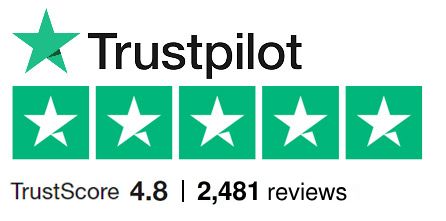




 CUSTOM FABRICATOR
CUSTOM FABRICATOR